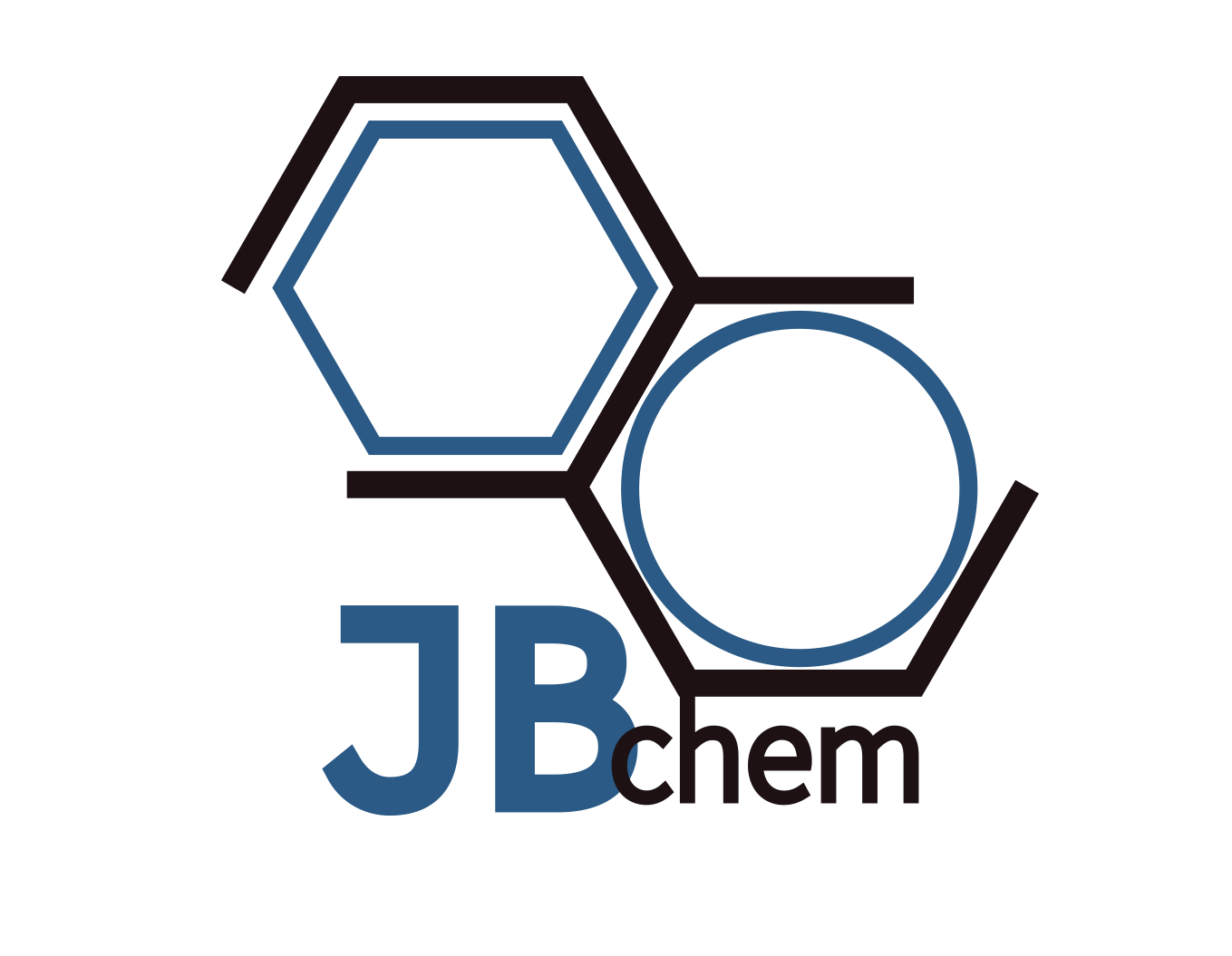Product Properties
Name:Manganese Silicide
Molecular formula:MnSi2
Appearance:grey black
CAS:12032-86-9
Manganese Silicide (MnSi2) Micronpowder Main Feature
MnSi2 exhibits excellent thermoelectric properties, which means it can convert temperature differences directly into electric voltage and vice versa. This feature is highly valuable for creating thermoelectric generators and coolers, which can be used for waste heat recovery in industrial processes or for cooling electronic components.It has a high melting point, which contributes to its stability and durability under high-temperature conditions. This makes it suitable for use in environments that require materials to maintain their integrity and performance at elevated temperatures.As a semiconductor, manganese silicide can be used in the production of electronic components. Its semiconductor properties are useful for creating devices that control electrical current, such as transistors and diodes, which are fundamental components of modern electronics.MnSi2 micronpowder has a good resistance to oxidation, which means it doesn’t easily react with oxygen. This property is crucial for applications that require long-term stability and resistance to corrosion, especially in harsh environments.
Manganese Silicide (MnSi2) Micronpowder Applications
Thermoelectric Materials: MnSi2 is particularly valued for its thermoelectric properties, meaning it can convert heat directly into electricity and vice versa. This makes it an excellent material for use in thermoelectric generators (TEGs) that can harvest waste heat from industrial processes, automotive exhausts, or any other source of heat that is normally lost to the environment, converting it into useful electrical power. Similarly, it can be used in thermoelectric coolers (TECs) for precise temperature control in electronics, refrigeration, or climate-controlled packaging.
Semiconductor Devices: Due to its semiconducting nature, manganese silicide micronpowder can be used in the manufacturing of semiconductor devices. It can be integrated into silicon-based technology, potentially offering a cost-effective alternative to more expensive materials used in transistors, diodes, and other electronic components. Its integration with silicon technology can be particularly advantageous for developing more efficient and compact power electronics.
Solar Energy Conversion: The semiconductor characteristics of MnSi2 micronpowder suggest potential applications in photovoltaic cells for solar energy conversion. While not traditionally used in this capacity, its properties might allow for the development of novel solar cell technologies, especially in tandem with silicon or other photovoltaic materials to enhance efficiency or reduce costs.
Advanced Coatings and Composites: Manganese silicide’s mechanical properties, including hardness and wear resistance, make it a candidate for advanced coatings and composite materials. It can be used to enhance the durability and lifespan of tools, mechanical parts, and protective coatings, offering resistance against wear, corrosion, and high temperatures.

